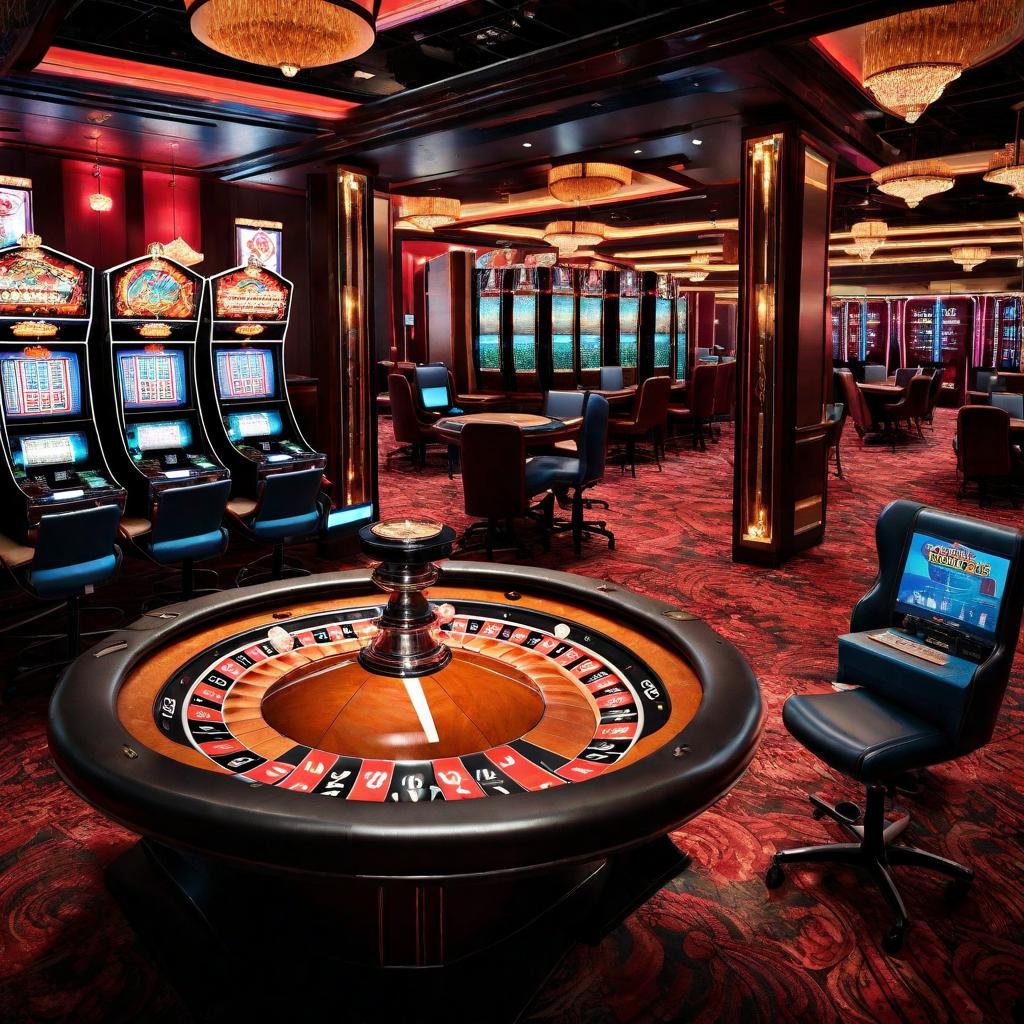The Art of Storytelling in Manga

Manga has long been a engaging medium that combines vivid visuals with complex narratives. Originating in Japan, this art form has surpassed cultural boundaries, becoming a global phenomenon that connects with readers of different ages. The unique ability of manga to blend together compelling stories with energetic illustrations sets it apart from traditional storytelling mediums. Each panel meticulously captures feelings and actions, inviting readers to immerse themselves in diverse worlds that range from the magical to the deeply personal.
As the landscape of manga continues to evolve, so too do the techniques and trends that shape its narrative. Modern creators are experimenting with story structures, character development, and visual styles, stretching the boundaries of classic manga. This ongoing evolution reflects not only transformations in artistic preferences but also the shifting interests of audiences worldwide. From realistic dramas to grand adventures, exploring the art of storytelling in manga reveals the creativity and depth embedded in each series, making it an dynamic area to delve into for both first-time readers and seasoned fans.
Visual Narrative Techniques
Comic series employs a distinct blend of illustrative features and narrative techniques that create a vibrant reading experience. Artists utilize a combination of layout design, design, and facial expressions to convey feelings and enhance the story progression. The use of varying panel scales can create rhythm, emphasizing moments of movement or stillness, guiding the audience’s gaze through the story. This careful pacing can heighten tension during intense moments or allow for pause in quieter scenes.
In addition to panel arrangement, symbolic imagery plays a key role in manga storytelling. Illustrators often incorporate graphic analogies that resonate with the audience, using pictures to reflect character emotions or thematic elements. For example, the use of atmospheric conditions or nature can parallel a character’s internal struggles, drawing viewers deeper into the emotional journey of the story. This technique enriches the overall narrative, inviting audiences to engage with the underlying messages.
Character portrayal is also a essential aspect of narrative visuals in manga. Designers often use exaggerated face portrayals and gestures to convey feelings and personality traits instantly. This allows for immediate emotional connections with the characters, making their stories resonate more deeply with the readership. The unique visual styles can also create a specific atmosphere, helping to define the genre and tone of the story, whether it is dynamic, comedic, or intense.
Personality Development Techniques
Character growth in comic art is often achieved through a combination of visual storytelling and storytelling methods. Artists utilize dynamic visual styles and dynamic posing to convey emotions and personality traits. This aspect is crucial, as readers can instantly gauge a person's mood or motivations through their appearance and physical expressions. Additionally, the use of close-ups and different panel formats can emphasize key moments in a person's journey, allowing readers to connect on a more profound level.
Another powerful technique for character growth in comic art is the use of backstory and memory sequences. By revealing a person's past experiences and struggles, writers provide context for their motivations and behavior. This layering of background enables audiences to understand why persons react in certain ways, adding richness and intricacy to their narratives. Such backstories often unfold gradually, enticing readers to invest in the person's growth as they face obstacles and change over time.
Conversations and relationships with other characters also play a critical role in personality development. The way characters express themselves and communicate with each other reveals their values, beliefs, and connections. Through conversations and conflicts, characters can develop, showcasing their assets and flaws. This dynamic interplay not only enhances individual personalities but also enhances the overall narrative, as relationships and character development are often intertwined in meaningful ways.
Current Trends in Narrative Techniques
One key development in the storytelling of manga is the growing diversity of genres and topics. While classic genres like shōnen and shōjo continue to thrive, there is a increasing presence of unique narratives that examine unconventional topics. 888b Stories that explore social issues, mental health, and identity are gaining popularity, reflecting a shift towards more inclusive and representative storytelling. This trend allows audiences to relate to the characters and situations that reflect their personal experiences, broadening the appeal of manga.
Another significant development is the use of nonlinear storytelling techniques. Many contemporary manga creators are playing with timelines and structures of storytelling, creating complex storylines that unfold in surprising ways. This approach not only maintains readers engaged but also facilitates more profound character development and thematic exploration. By weaving together past and current events, creators can provide richer context for character motivations and conflicts, resulting in stories that seem more immersive and multi-faceted.
Additionally, the inclusion of technology and digital platforms is reshaping how stories in manga are narrated. With the growing popularity of webtoons and online comics, artists are modifying their storytelling to fit mobile devices, often including multimedia elements such as animations, soundtracks, and engaging components. This evolution not only enhances the storytelling experience but also attracts a more youthful audience familiar to digital consumption. As a result, the art of storytelling in manga continues to develop, embracing new ideas while staying rooted in its rich traditions.
